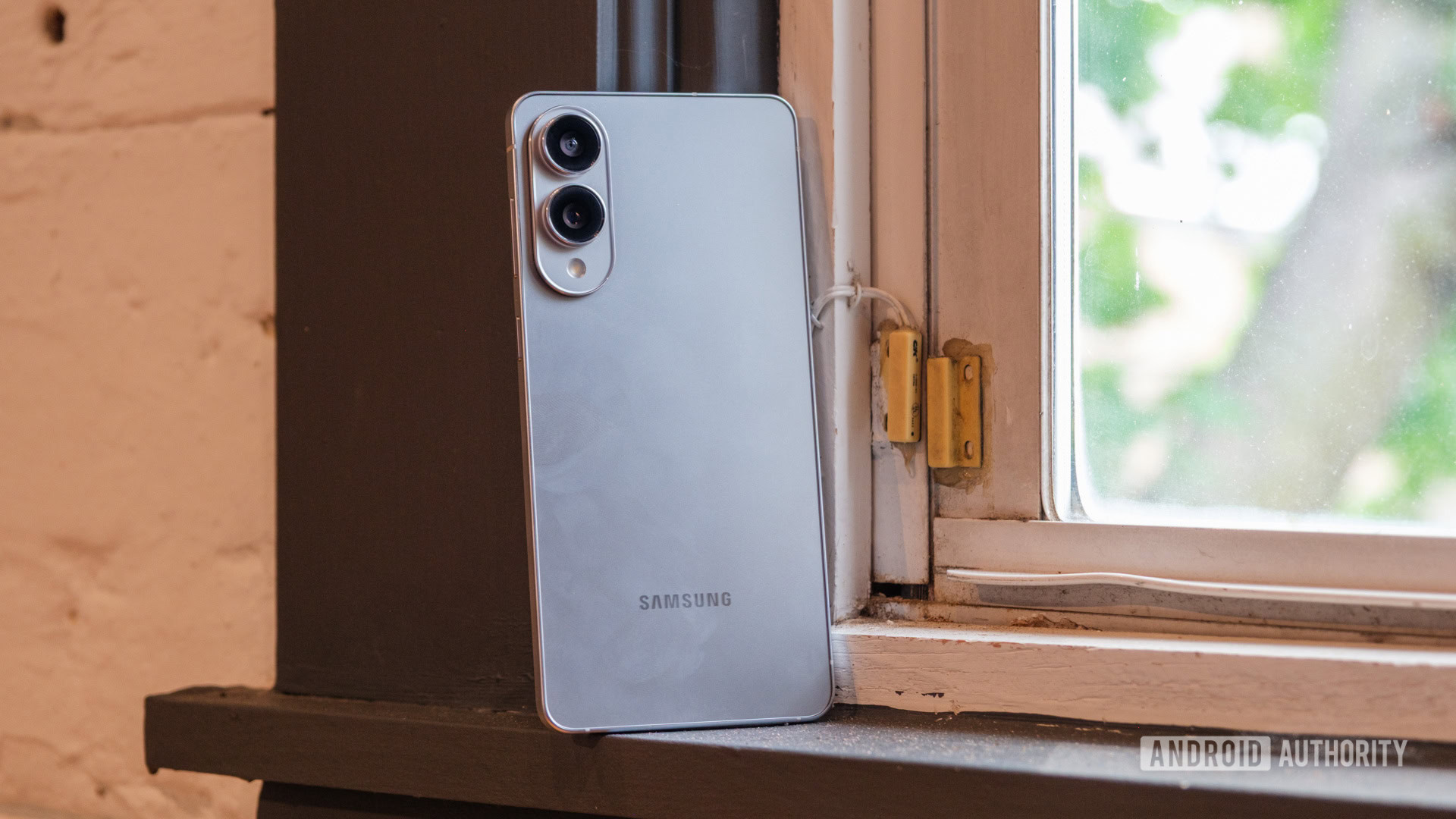Affiliate links on Android Authority may earn us a commission. Learn more.


Reviews
OnePlus wants Samsung’s Android tablet crown, and I think the Pad 3 can take it
0

Features
5 Android phones you should buy instead of the Galaxy S25 Edge
0

Features
I ignored Google’s passkey prompts for months, but now I feel silly for waiting
0
In case you missed it
More news

Andy WalkerJune 2, 2025
0
The best new Android apps and games for June 2025
Android 16 release date: Here's when you'll get the next major OS upgrade
Andy WalkerMay 21, 2025
0

Here are my favorite Samsung Galaxy wallpapers of all time
Mitja RutnikMay 20, 2025
0

I now recommend this carrier over T-Mobile for most users
Andrew GrushMay 19, 2025
0

How trustworthy are Verizon's and T-Mobile's so-called mobile price lock guarantees?
Andrew GrushMay 16, 2025
0

Samsung loses exclusivity over overclocked Snapdragon 8 Elite, thanks to this phone
Hadlee Simons10 hours ago
0

OnePlus takes on Samsung with the OnePlus Pad 3 and its exciting pre-order offers
Aamir Siddiqui10 hours ago
0

This promising new Nintendo Switch emulator just got its first major update
Nick Fernandez12 hours ago
0

Google Photos is next for an Expressive overhaul, but is it actually better? (APK teardown)
Hadlee Simons12 hours ago
0

Google is working on a Messages upgrade for your most meme-heavy group chats (APK teardown)
Stephen Schenck13 hours ago
0

Android 16 QPR1 beta 1.1 is here to save you from stuck navigation buttons
Hadlee Simons14 hours ago
0

OnePlus 13s debuts with a Gemini feature not even Pixels have
Aamir Siddiqui15 hours ago
0

Galaxy S25 Edge drop test reveals just how resilient (or not) Samsung's super-thin phone really is
Stephen SchenckJune 4, 2025
0

Samsung Notes finally brings its handy math solver to Galaxy phones with One UI 8
Pranob MehrotraJune 4, 2025
0

AT&T just launched a new plan that may be perfect for your parents
Ryan McNealJune 4, 2025
0





